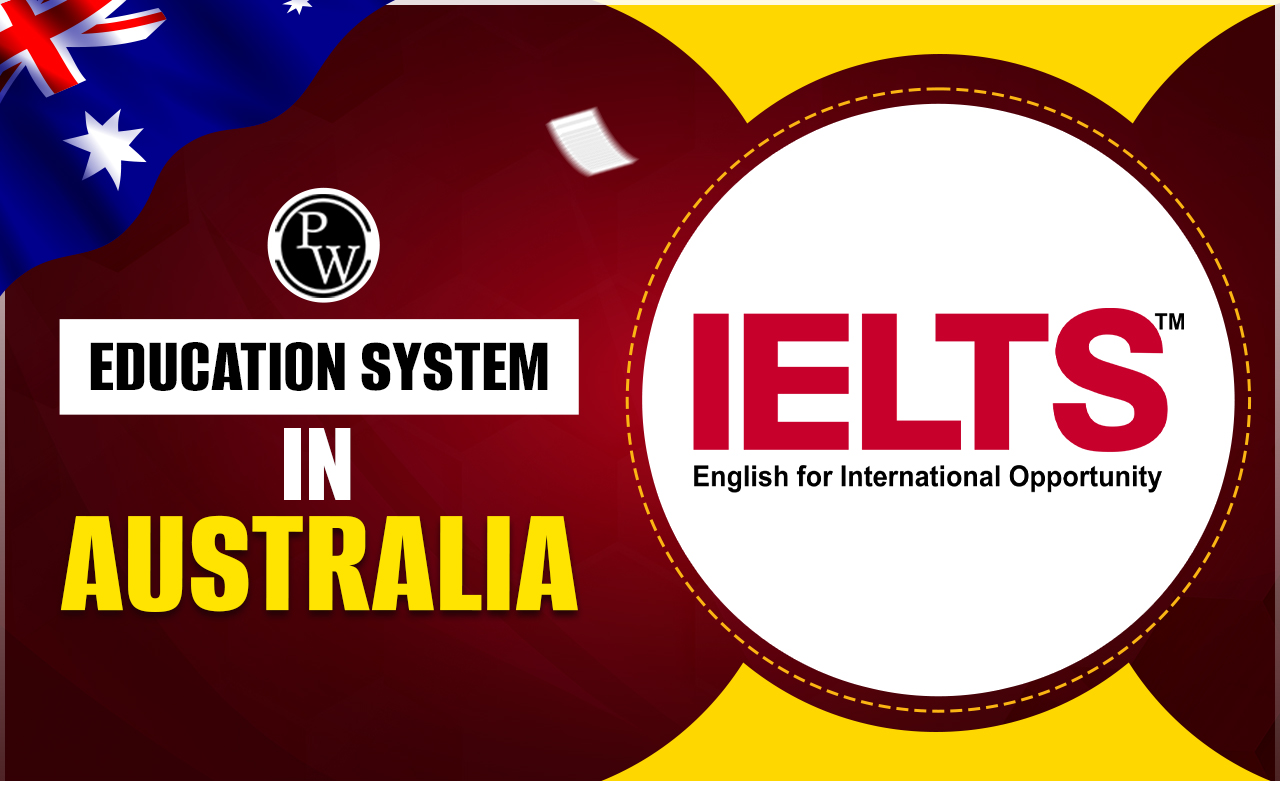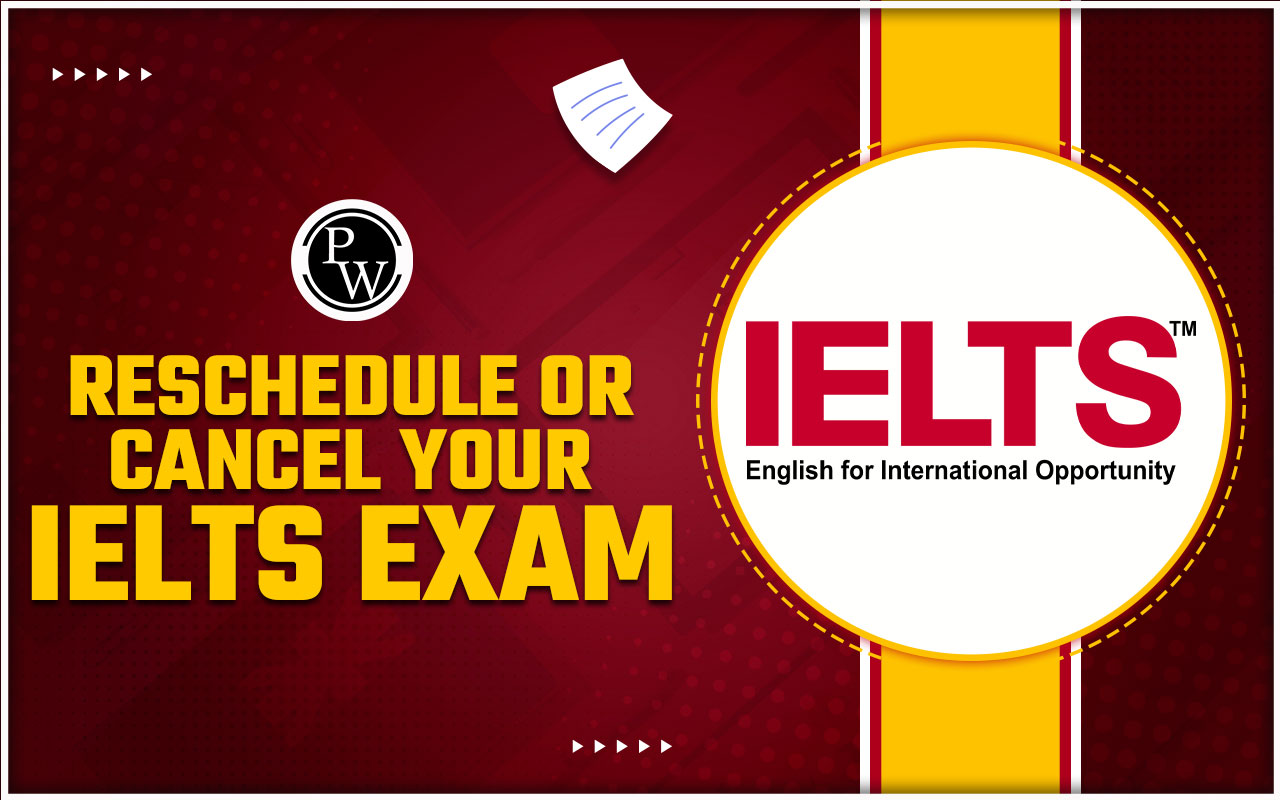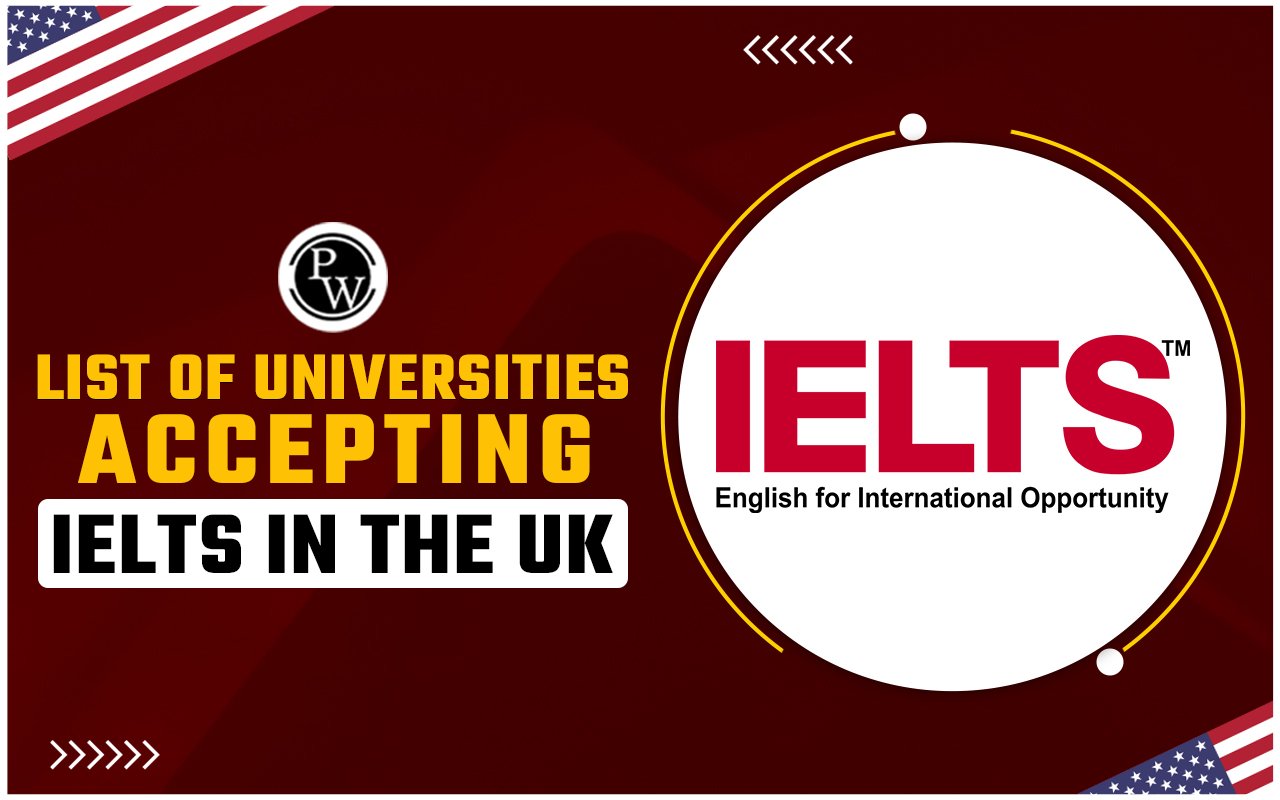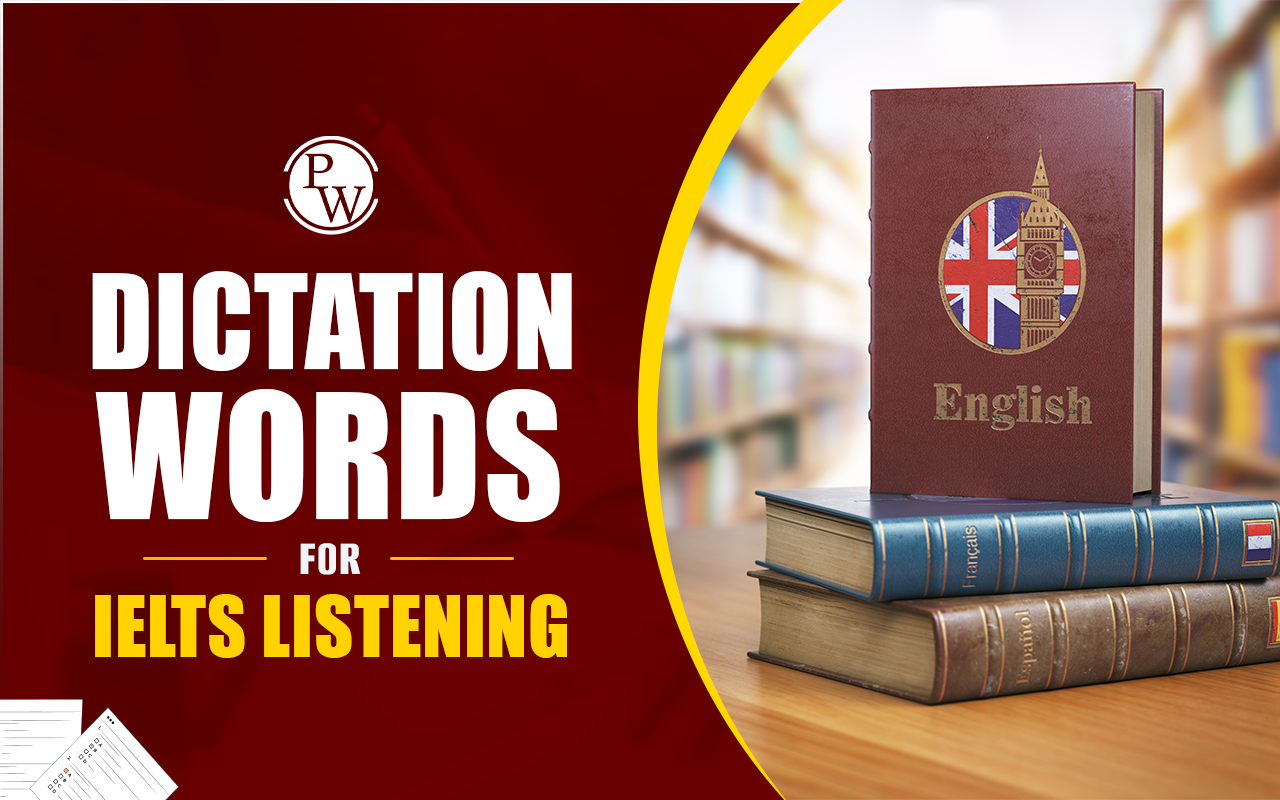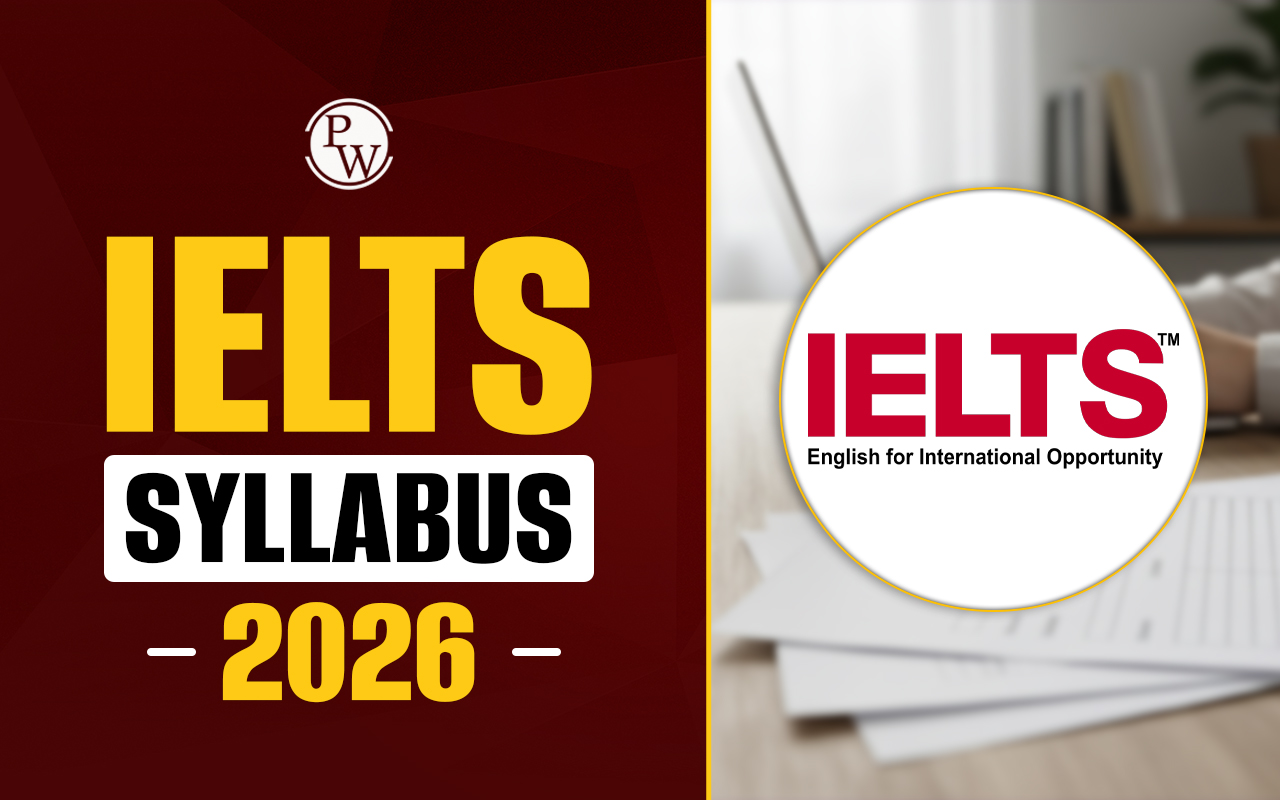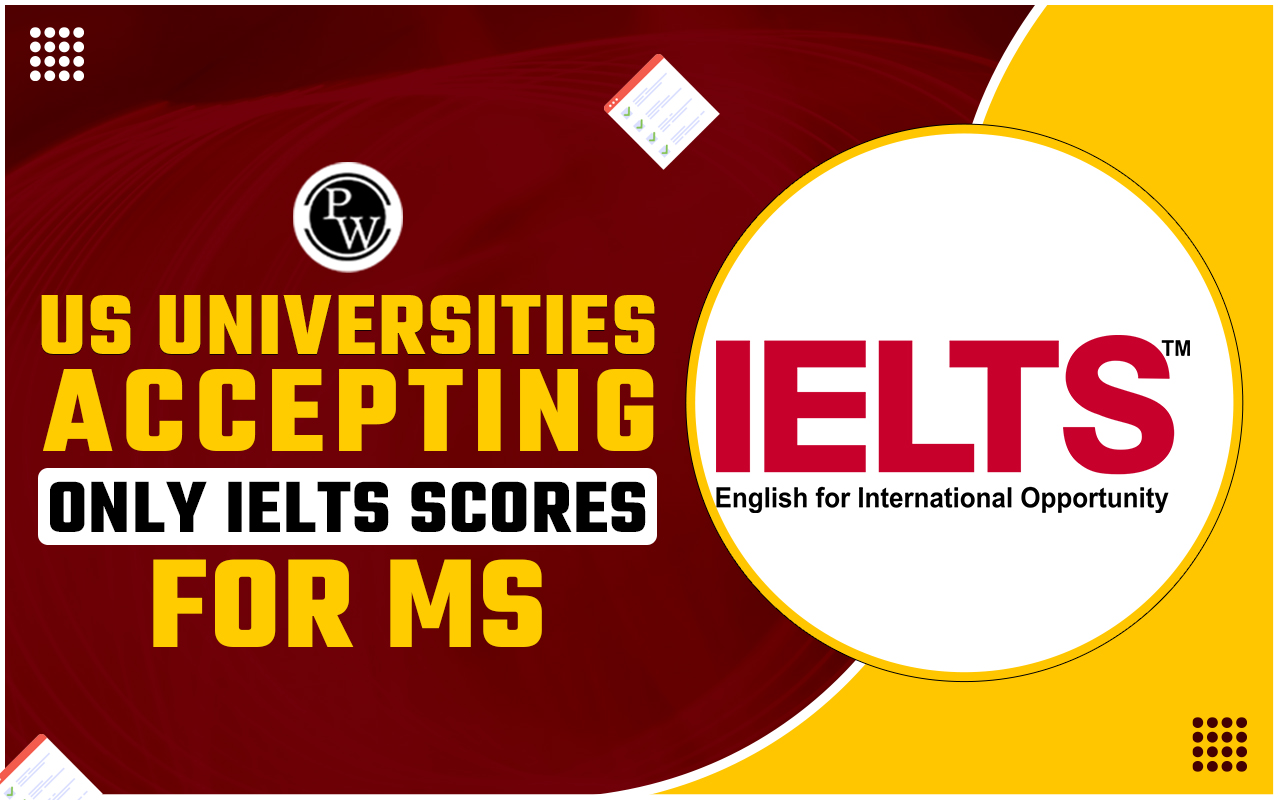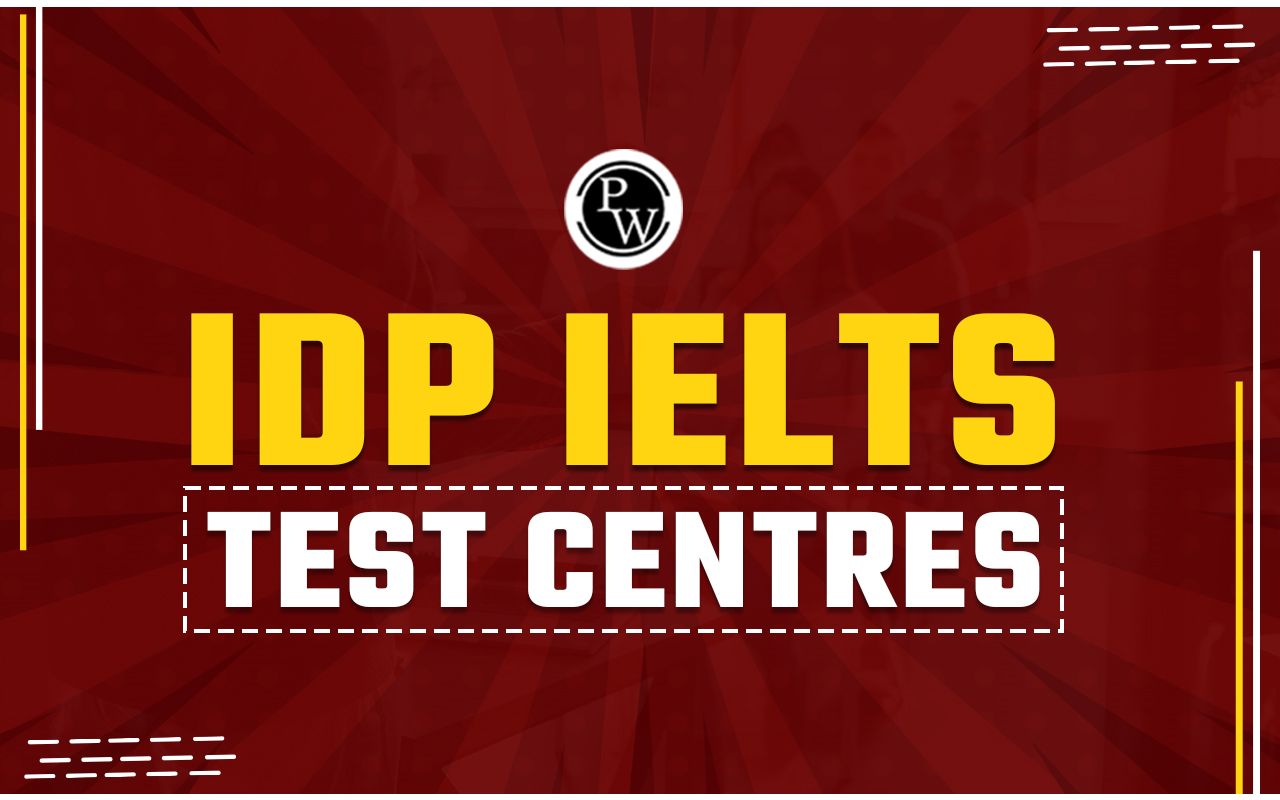
IELTS Reading Question Types: There are 14 main types of questions asked in the IELTS Reading test. These are Matching Headings, Matching Paragraph Information, Matching Features, Matching Sentence Endings, True/False/Not Given or Yes/No/Not Given, and others. As an IELTS aspirant, you must familiarise yourself with all the IELTS Reading question types to perform efficiently in the exam.
Candidates get only 60 minutes to answer 40 questions in IELTS Reading test. All 40 questions are divided into three sections. Each section typically includes three or four different question types. Therefore, having a prior understanding of different question types helps applicants to manage their time effectively and avoid confusion while appearing for the test.
Additionally, learning IELTS Reading question types helps you to develop individual strategies for each type. Here, we have included all 14 question types in the IELTS Reading test along with sample practice questions for each type to give you the confidence to tackle the reading section with purpose.
IELTS Reading Question Types
The IELTS Reading test includes 14 different types of questions. These are:
-
Matching Headings
-
Matching Paragraph Information
-
Matching Features
-
Matching Sentence Endings
-
True/False/Not Given or Yes/No/Not Given
-
Multiple Choice
-
List of Options
-
Choose a Title
-
Short Answer Questions
-
Sentence Completion
-
Summary Completion
-
Table Completion
-
Flow Chart Completion
-
Diagram Completion
All 14 question types are discussed below.
Matching Headings
This question requires you to match a list of headings to paragraphs in the reading passage. It tests your ability to identify main ideas and distinguish between similar themes.
Matching Paragraph Information
In this task, you are given a set of statements and must identify which paragraph contains the specific information. Not all paragraphs contain a match, and some may be used more than once.
Matching Features
In this task, you need to match a list of features to the corresponding information in the reading text. This section requires a strong understanding of the scanning technique.
Matching Sentence Endings
Here, two lists are given to applicants. One is of incomplete sentence and the of a possible ending. Candidates are required to match the two based on the passage, grammar, and logic.
True/False/Not Given or Yes/No/Not Given
This type often requires deep reading and inference. In this section, candidates are asked to choose True/False/Not Given for the given statements. You must determine whether statements agree with the passage (True/Yes), contradict it (False/No), or whether the information is not present at all (Not Given).
Multiple Choice
In this section, candidates are asked to choose one or more answers from the given answer options. Skimming for main ideas and scanning for details are useful strategies to answer these question types.
List of Options
Similar to multiple choice, this format provides a list of possible answers, but you may need to select more than one (e.g., choose THREE from the list). Understanding the instructions and carefully locating the information in the text is critical.
Choose a Title
This task asks you to pick the most appropriate title for the whole passage. It checks your ability to grasp the central theme rather than focus on specific details. Titles are usually general, so understanding the writer’s purpose is important.
Short Answer Questions
In this section, candidates will be required to answer the given questions with words from the text. However, the answers must not exceed the word limit mentioned in the question.
Also Read:
- Should You Use All Capital Letters in the IELTS Listening and Reading Tests
- IELTS Reading Mistakes
- How to Improve IELTS Reading Score
- How to Manage Time in IELTS Reading
Sentence Completion
In this type of question, one or more incomplete sentences will be provided to candidates. Candidates will be required to complete the sentences using exact words from the text or paraphrased words.
Summary Completion
In this type of question, an incomplete summary will be provided to candidates. Candidates will be required to fill in the blanks using words from the text or a list provided.
Table Completion
In table completion, you fill in missing information in a table based on the passage. The structure helps you focus on specific parts of the text, and the data is usually presented clearly. Accuracy in reading details is essential.
Flow Chart Completion
Flow charts present processes or sequences. You must fill in the missing stages based on the passage. This type evaluates your ability to follow logical progressions and extract relevant data.
Diagram Completion
This format shows a diagram related to the passage, and you must label parts with information from the reading. Visual understanding and the ability to match text descriptions with diagram elements are necessary.
| IELTS Exam Important Links | |
|---|---|
| IELTS Reading Band Score | IELTS Listening Band Score |
| IELTS Speaking Band Score | IELTS Writing Band Score |
Glaciers IELTS Reading Answers Passage
Glaciers
-
Besides the earth's oceans, glacier ice is the largest source of water on earth. A glacier is a massive stream or sheet of ice that moves underneath itself under the influence of gravity. Some glaciers travel down mountains or valleys, while others spread across a large expanse of land. Heavily glaciated regions such as Greenland and Antarctica are called continental glaciers. These two ice sheets encompass over 95 percent of the earth's glacial ice. The Greenland ice sheet is almost 10,000 feet thick in some areas, and the weight of this glacier is so heavy that much of the region has been depressed below sea level. Smaller glaciers that occur at higher elevations are called alpine or valley glaciers. Another way of classifying glaciers is in terms of their internal temperature. In temperate glaciers, the ice within the glacier is near its melting point. Polar glaciers, in contrast, always maintain temperatures far below melting.
-
Most of the earth's glaciers are near the poles, though glaciers exist on all continents, including Africa and Oceania. The reason glaciers are generally formed in high alpine regions is that they require cold temperatures throughout the year. In these areas where there is little opportunity for summer ablation (loss of mass), snow changes to compacted firn and then crystallized ice. During periods in which melting and evaporation exceed the amount of snowfall, glaciers will retreat rather than progress. While glaciers rely heavily on snowfall, other climactic conditions including freezing rain, avalanches, and wind, contribute to their growth. One year of below-average precipitation can stunt the growth of a glacier tremendously. With the rare exception of surging glaciers, a common glacier flows about 10 inches per day in the summer and 5 inches per day in the winter. The fastest glacial surge on record occurred in 1953 when the Kutiah Glacier in Pakistan grew more than 12 kilometers in three months.
-
The weight and pressure of ice accumulation cause glacier movement. Glaciers move out from under themselves, via plastic deformation and basal slippage. First, the internal flow of ice crystals begins to spread outward and downward from the thickened snow pack also known as the zone of accumulation. Next, the ice along the ground surface begins to slip in the same direction. Seasonal thawing at the base of the glacier helps to facilitate this slippage. The middle of a glacier moves faster than the sides and bottom because there is no rock to cause friction. The upper part of a glacier rides on the ice below. As a glacier moves it carves out a U-shaped valley similar to a riverbed, but with much steeper walls and a flatter bottom.
-
Besides the extraordinary rivers of ice, glacial erosion creates other unique physical features in the landscape such as horns, fjords, hanging valleys, and cirques. Most of these landforms do not become visible until after a glacier has receded. Many are created by moraines, which occur at the sides and front of a glacier. Moraines are formed when material is picked up along the way and deposited in a new location. When many alpine glaciers occur on the same mountain, these moraines can create a horn. The Matterhorn, in the Swiss Alps, is one of the most famous horns. Fjords, which are very common in Norway, are coastal valleys that fill with ocean water during a glacial retreat. Hanging valleys occur when two or more glacial valleys intersect at varying elevations. It is common for waterfalls to connect the higher and lower hanging valleys, such as in Yosemite National Park. A cirque is a large bowl-shaped valley that forms at the front of a glacier. Cirques often have a lip on their' slope that is deep enough to hold small lakes when the ice melts away.
-
Glacier movement and shape-shifting typically occur over hundreds of years. While presently about 10 percent of the earth's land is covered with glaciers, it is believed that during the last Ice Age glaciers covered approximately 32 percent of the earth's surface. In the past century, most glaciers have been retreating rather than flowing forward. It is unknown whether this glacial activity is due to human impact or natural causes, but by studying glacier movement, and comparing climate and agricultural profiles over hundreds of years, glaciologists can begin to understand environmental issues such as global warming.
IELTS Reading Test Sample Question
Based on the above IELTS Reading passage, sample questions are prepared for each 14 types.
1. Matching Headings
Choose the correct heading for each paragraph from the list below.
Paragraph A:
i. Types and distribution of glaciers
ii. Glacial movement and causes
iii. Ice Age and environmental research
iv. Physical features formed by glaciers
Answer: i. Types and distribution of glaciers
2. Matching Paragraph Information
Which paragraph contains the following information?
Information: Glaciers change the shape of landscapes by creating U-shaped valleys.
Answer: Paragraph C
3. Matching Features
Match the following terms with the correct descriptions.
Terms:
A. Cirque
B. Horn
C. Moraine
Descriptions:
-
A bowl-shaped valley that can hold lakes
-
A sharp peak created by several glaciers
-
Deposits of rocks and debris left by glaciers
Answers: A-1, B-2, C-3
4. Matching Sentence Endings
Complete the sentences with the correct ending.
-
Glaciers move under their own weight...
-
The middle of the glacier moves faster...
Endings:
A. because there is no friction from rocks
B. by plastic deformation and basal slippage
Answers: 1-B, 2-A
5. True/False/Not Given
Glaciers can only be found in cold polar regions.
Answer: False
6. Multiple Choice
What causes glacier movement?
A. High wind speeds
B. Melting snow from the sun
C. Pressure and internal deformation
D. Earthquake activity
Answer: C
7. List of Options
Which of the following are types of glacial features mentioned in the passage?
A. Basins
B. Hanging valleys
C. Horns
D. Craters
Answers: B, C
8. Choose a Title
Choose the best title for the passage.
A. The History of Ice Ages
B. Understanding Glaciers and Their Impact
C. Climate Change and Ice Melting
D. Mountains and Snow
Answer: B
9. Short Answer Questions
What is the name of the glacier that surged fastest in recorded history?
Answer: Kutiah Glacier
10. Sentence Completion
Glaciers require ________ temperatures throughout the year to form.
Answer: cold
11. Summary Completion
Complete the summary below using words from the passage.
Glaciers form in regions with consistently low temperatures. Snow compacts into firn and later turns into (1) _______. When (2) _______ exceeds snowfall, glaciers retreat.
Answers:
-
ice
-
melting and evaporation
12. Table Completion
|
Type of Glacier |
Description |
|
Alpine |
Occurs at high elevations |
|
Continental |
Found in Greenland and ________ |
Answer: Antarctica
13. Flow Chart Completion
Glacier Formation Process:
Snowfall → Compacted Firn → (1) ______ → Glacier Movement
Answer: Crystallized ice
14. Diagram Completion
Stages of Glacier Formation:
__________ →
Compacted firn →
Answers:
-
Snowfall
-
Crystallized ice
Guidance of PW IELTS
Physics Wallah offers multiple online IELTS courses for all students. Follow the IELTS pages to better prepare for the exam.
| What is IELTS Exam? | Documents Required for IELTS Registration |
| IELTS exam eligibility requirements | IELTS Exam Fees |
| IELTS test results | IELTS Exam Pattern |
IELTS Reading Question Types FAQs
How many types of questions are in IELTS Reading?
How can I get 8.5 in IELTS Reading?
What are the types of questions in the IELTS exam?
What is the format of reading questions in IELTS?

